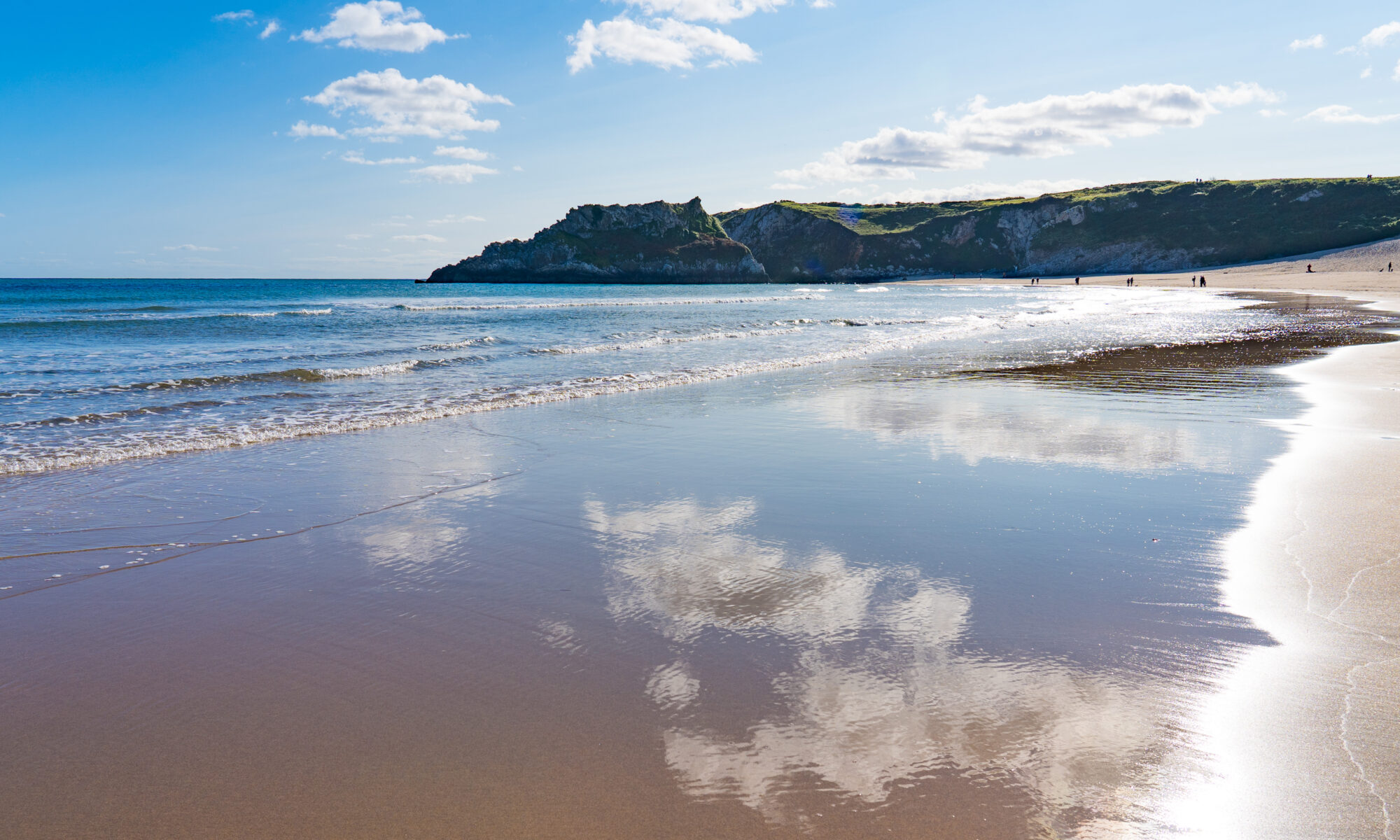Author: Mrs A
Location: St Petrox and Stackpole Estate, Pembrokeshire, Wales, UK
We arrived at our campsite behind an old Norman church in the village of St Petrox just after lunch. We’d chosen the location because of its proximity to Stackpole Estate, a large National Trust owned area of outstanding beauty. Finally the rain had moved on to England, leaving us with patches of blue in the sky and calmer weather.
As we set off to walk down there we realised there was no safe route to it – and walking on narrow, windy roads with traffic seemingly in a big hurry did not appeal. We turned off down a quieter lane and resolved to visit the estate the next day. Our afternoon’s stroll took us around four little villages, each with an old church, with at least part dating back to the 13th century.
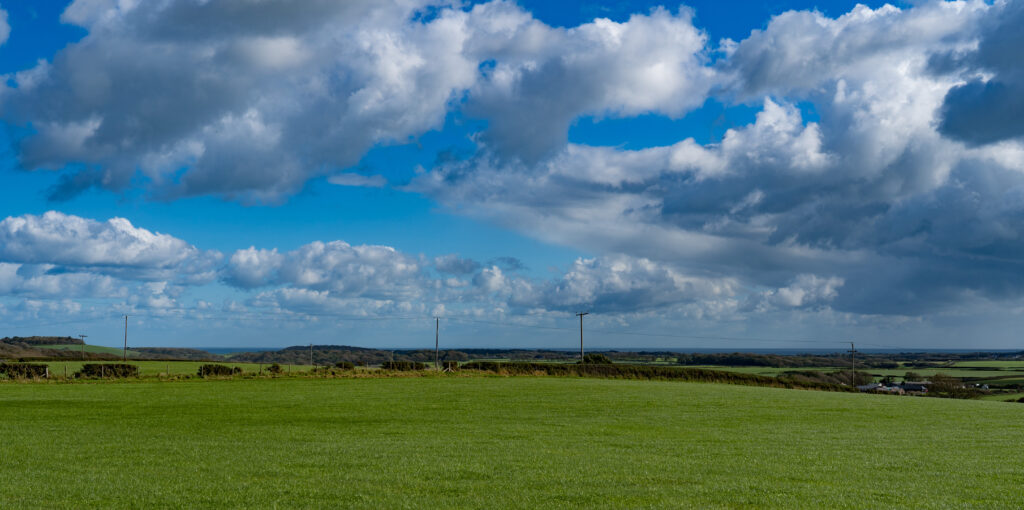
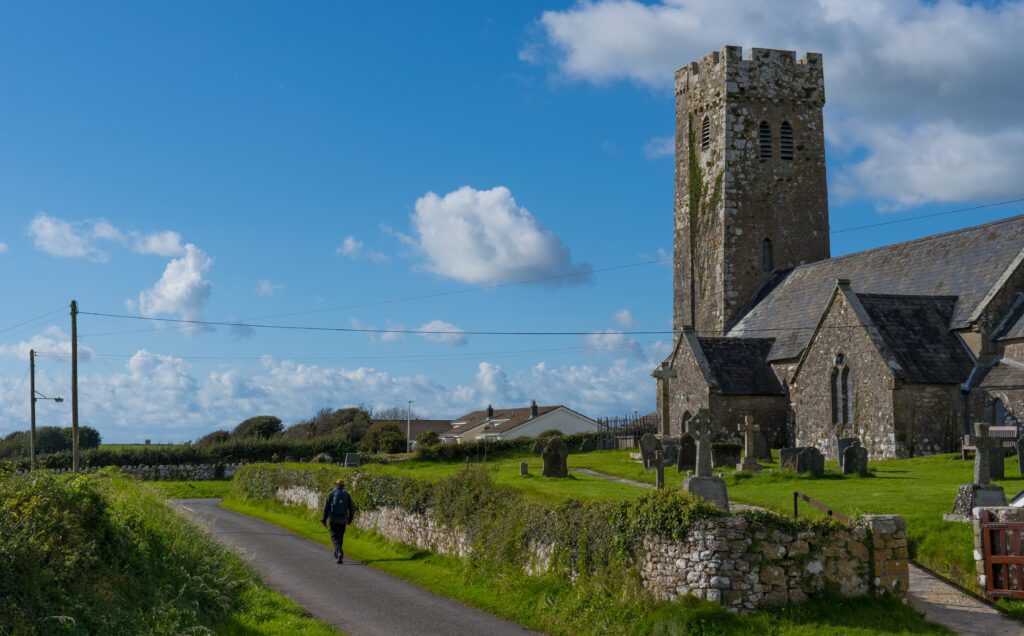
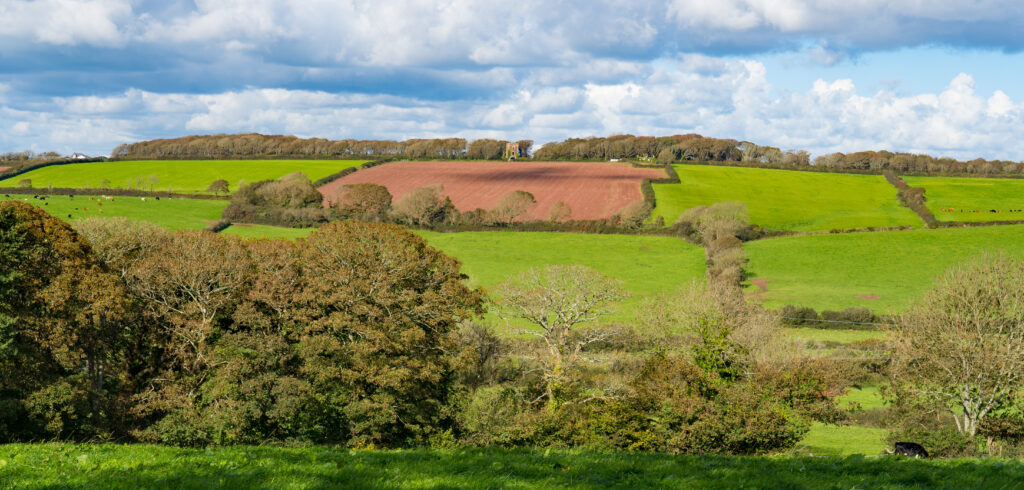

We have been predominantly using our own on board facilities for showering, and this Friday night was no different. I decided to wash my hair, and was literally covered from head to toe in bubbles when the water stopped. Not a single drip emerged from the shower. I tried the tap. Nothing. The water pump had broken. Mark dashed over to the campground showers to check they were functioning, and warm (our campsite was quite ‘rustic’ to say the least). I then made a semi streak, dripping wet and shivering to rinse off. One of the least glamorous moments of our travels…and thank goodness we were camping somewhere with showers – that is not always the case!
The following morning, Mr A rang a mobile caravan repairer who said he would come sometime during the day, with half an hour’s notice. He arrived early afternoon, and within 20 minutes we had a new pump and he was off.
The sun was shining, so we quickly packed up Truffy and drove the short way over to Stackpole National Trust Estate and parked up there.
The strangely named Stackpole was named after the earliest confirmed ’owner’ of the estate, Elidyr de Stackpole in 1188, but history of human use goes back much further than this. The estate has literally millenia of history, with the oldest human evidence being a standing stone erected as a meeting place for people more than 5,000 years ago. The whole estate, now run by the National Trust, has a very special feel about it. The multitude of environments, from lakes and woodlands, to sand dunes, cliffs and beaches, are home to all manner of bird and animal life, and even on this fairly busy Saturday afternoon we spotted herons, moorhens, and a bright turquoise kingfisher on one of the lakes.
Residents of Stackpole Court (a house that was dismantled in the 1960s) had worked extensively on landscaping the grounds, with the spring-fed lakes and woodland walks dating back to 1777. They are now heritage listed and have been maintained by the Trust since the 1970s, and incredibly beautiful.
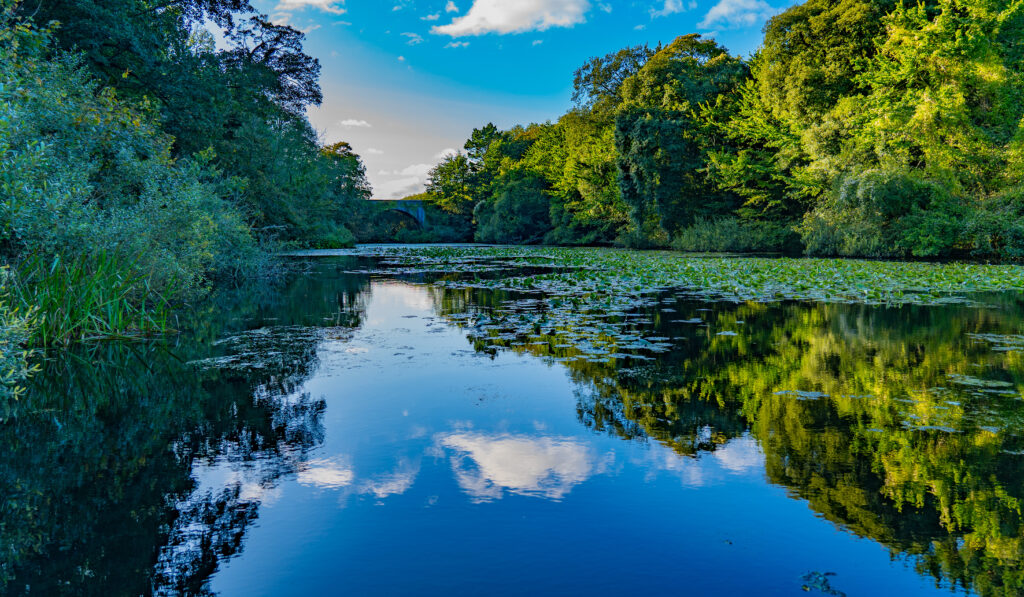
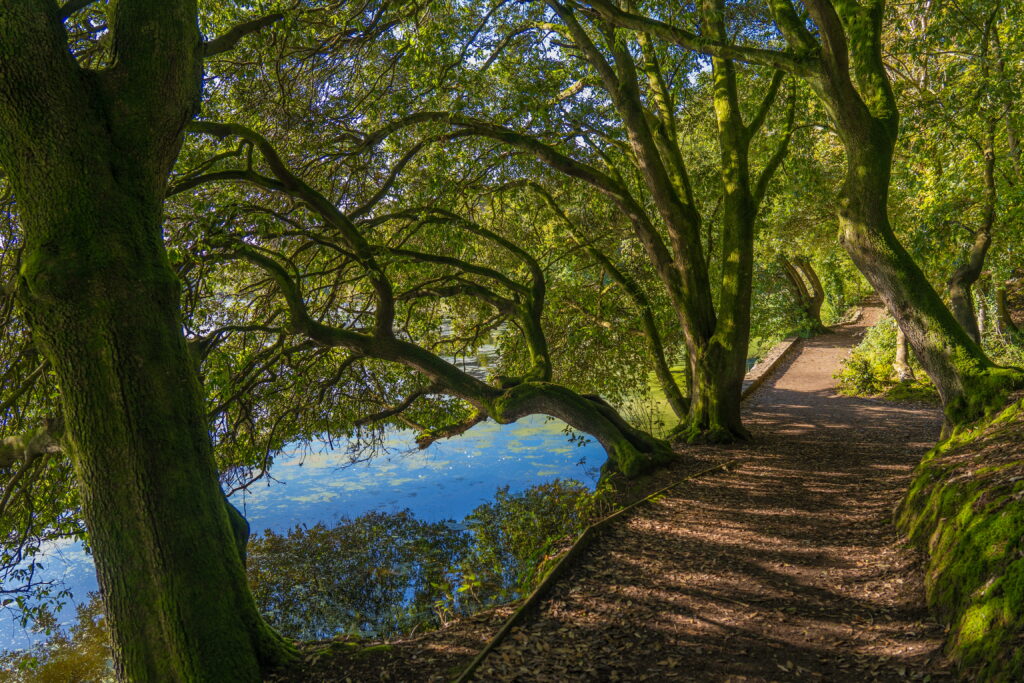
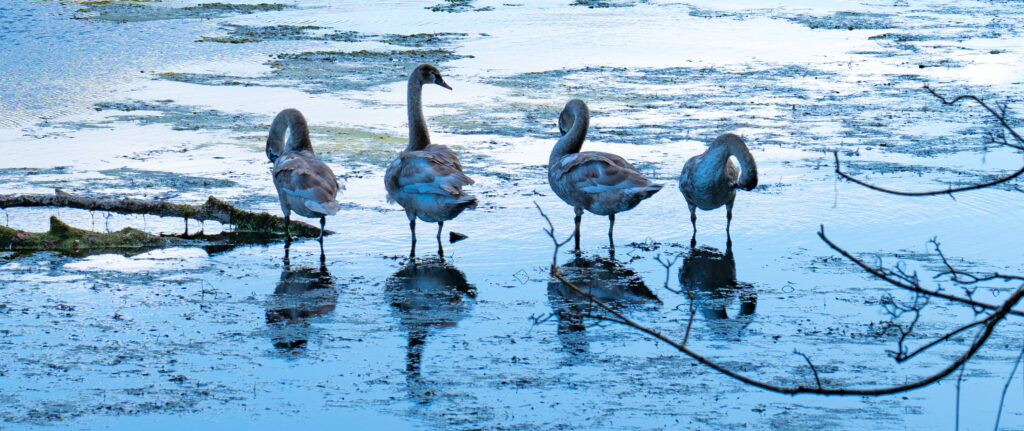
A limestone bridge with eight arches spans a weir between two of the lakes, also heritage listed.
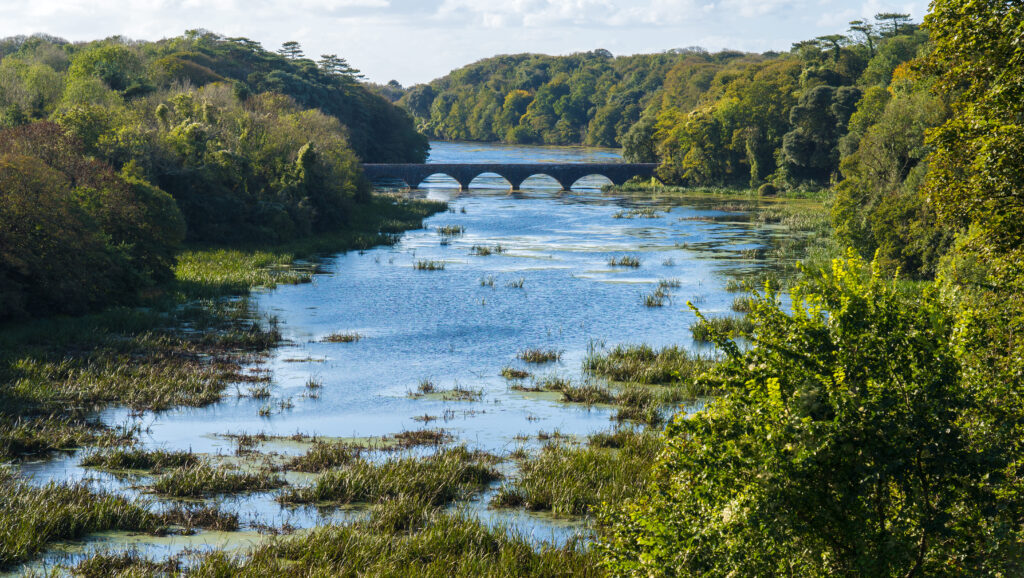
Winding our way around the lakes and over bridges, we eventually emerged on Broadhaven South Beach.
In contrast to the carefully designed and sculptured woodland and lakes, this was beautifully natural and wild, untouched headlands lined with steep rocky cliffs and caves, soft white sand beach bordered by windswept dunes. A short way out in the bay sits the aptly named Church Rock.
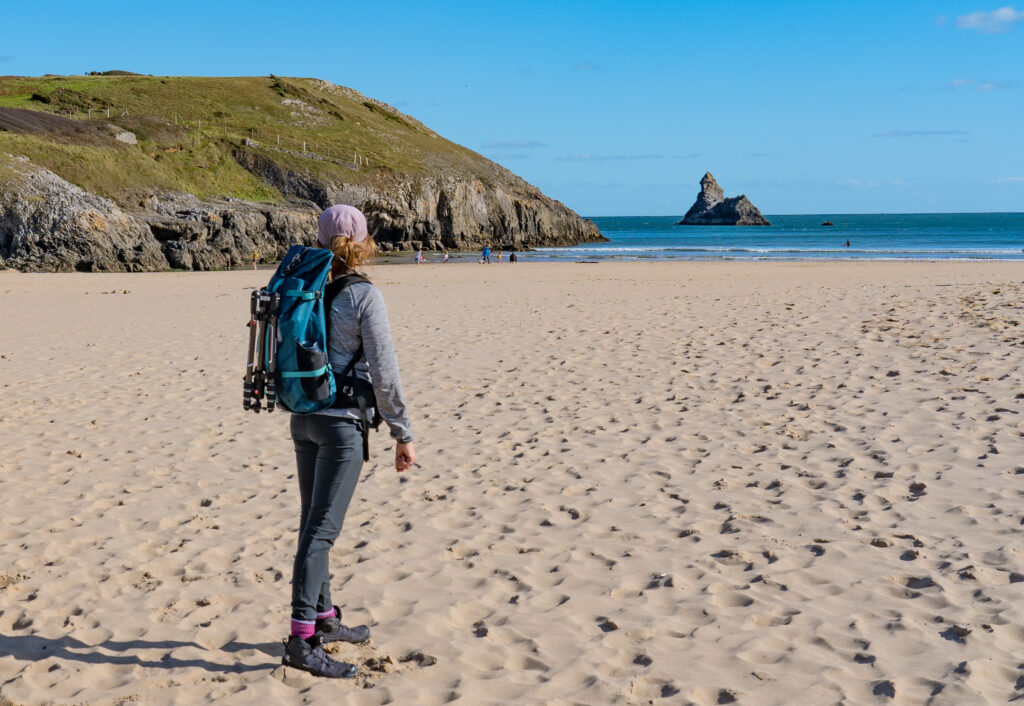
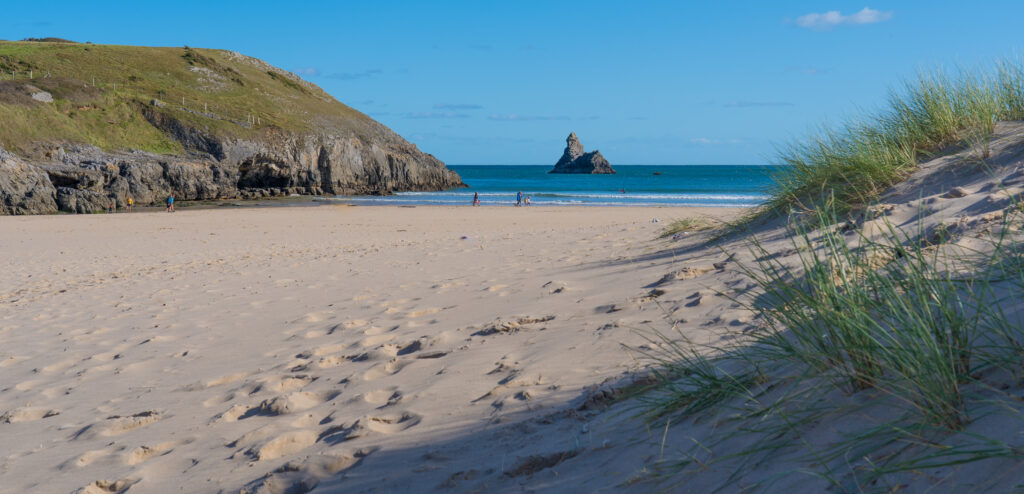
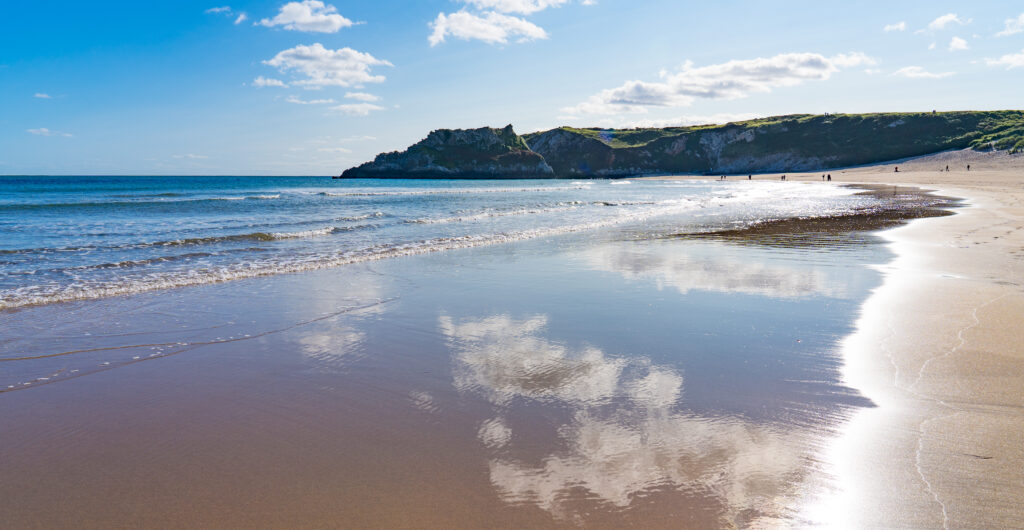
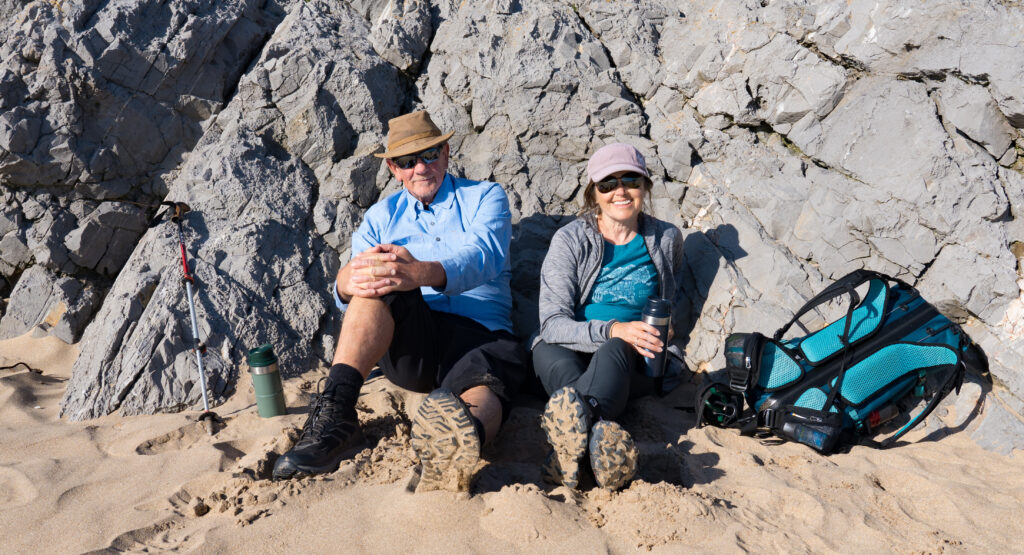
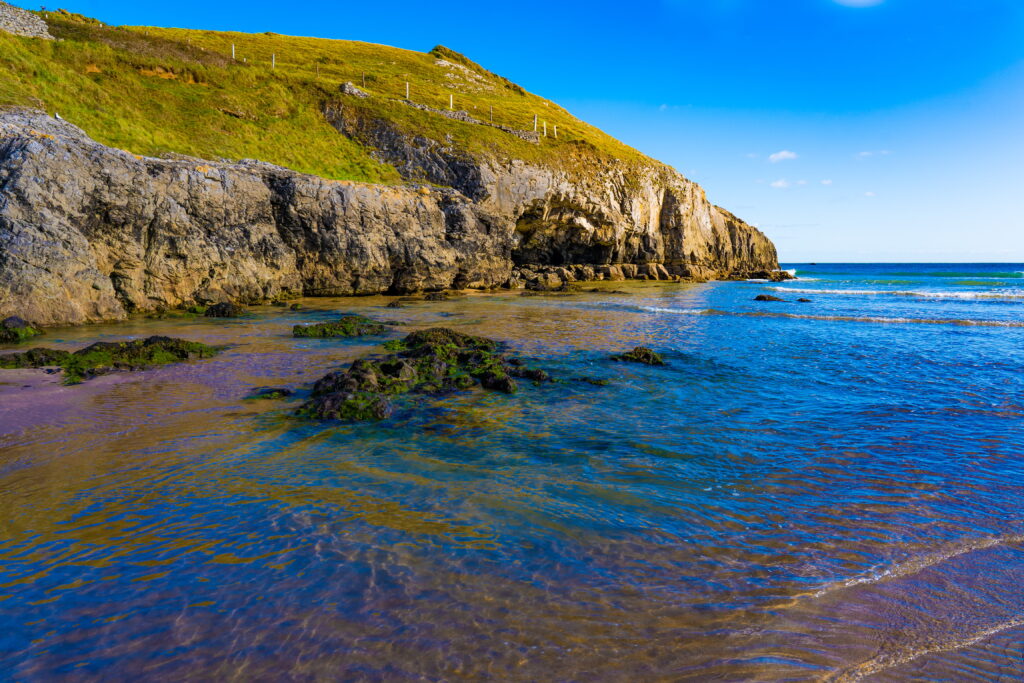
We followed the Pembrokeshire Coast Path up along the cliffs, before moving inland to Stackpole Warren, an area of sand dunes, and also the location of the standing stone. There have been found fossilised hoof prints and plough markings dating back to the Bronze age.
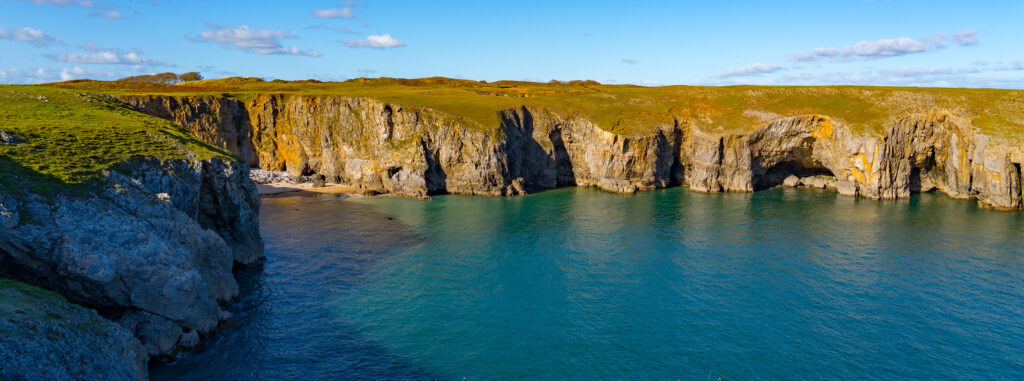
It’s definitely an area we could have spent more time exploring, but we had a bit of a weather deadline. We knew we had a four or five day window of fine conditions ahead of us in which to enjoy more of the Pembrokeshire coastline before colder, wetter and windier autumn weather would hit Wales. We packed up and moved on the following morning.

